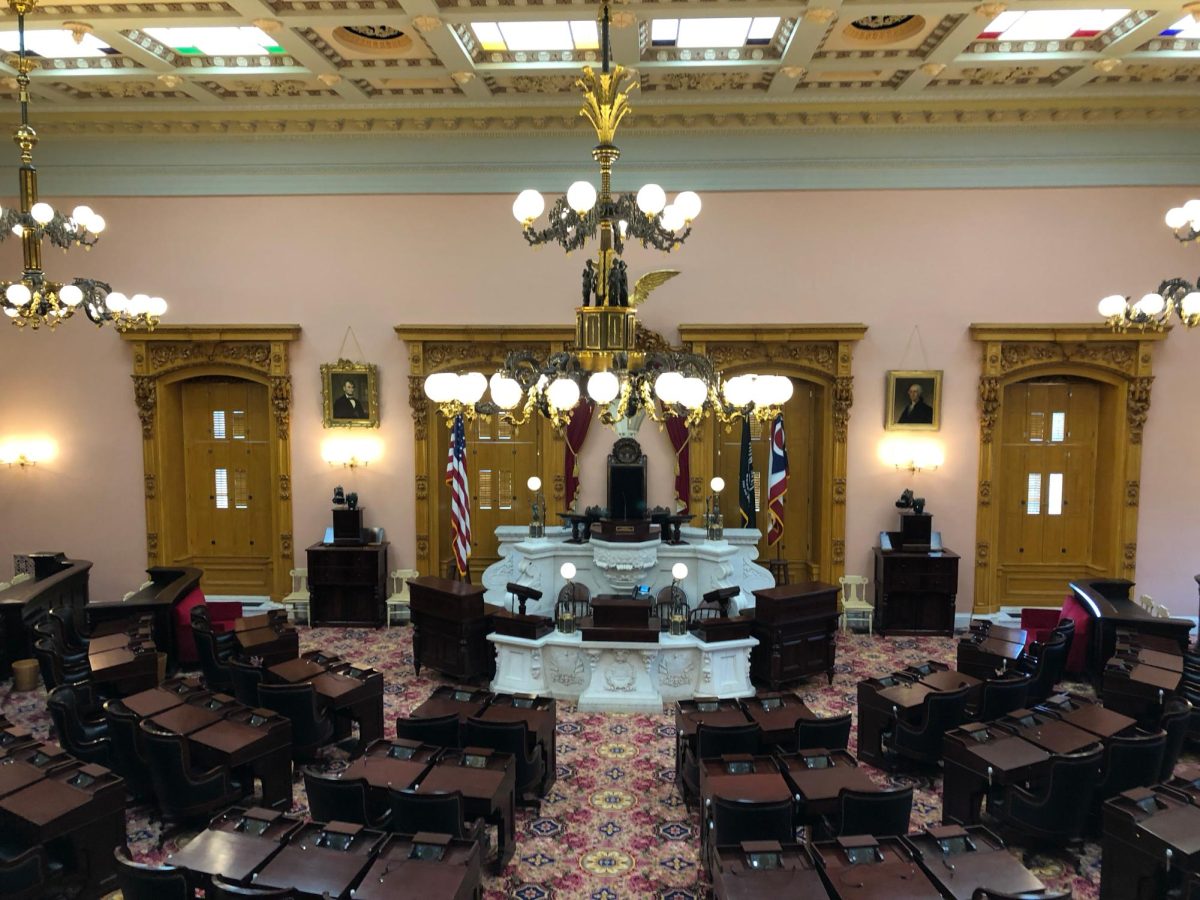In a span of 10 days, three wrong-way crashes occurred, resulting in a total of seven deaths and three injuries.
These crashes triggered no change in policy.
As of now, there are no set strategies state patrol implements to prevent wrong-way accidents, said Dean Laubacher, lieutenant public information officer at Ohio State Highway Patrol Bowling Green post.
“We do what we can to get the vehicle stopped and prevent a crash from occurring, but there are too many variables to dictate what we can do to get a vehicle stopped and off the roadway,” he said.
March 2, three University students and a Perrysburg resident died in a head-on collision on Interstate 75; two other students were injured.
Five days later, March 7, a drunk driver avoided a collision by careening into the median on Interstate 475 in Perrysburg and was later arrested; no injuries occurred.
March 12, two Michigan residents died when their vehicle, traveling the wrong way, collided with a truck on 1-75 in Toledo.
Laubacher said a future change in policy is unlikely as well.
Ohio doesn’t keep separate statistics on wrong-way crashes and will not until a criteria report update in 2013, said Lieutenant Anne Ralston of Ohio State Highway Patrol.
The update is not in lieu of the crashes, but due to a routine update that happens about every 10 years, Ralston said. This specific criteria was decided upon two years ago.
Ohio is not the only state without specific countermeasures to these accidents; the surrounding states like Indiana, Michigan and Pennsylvania have mixed policies, either lacking data collection or policy.
For the same reasons as Ohio, Indiana and Michigan have no intervention policies to deter wrong-way accidents.
Sergeant Jill Bennett of the Michigan State Police said wrong-way crashes aren’t an issue they focus on because it is a small portion of the 900 crash fatalities a year.
Like Ohio, Pennsylvania and Indiana do not collect separate crash data on wrong-way accidents.
The Indiana State Police contracted a private company, Open Portal Solutions, in 2006 to hold its crash report records. The public can ask for road surveys on specific crashes and trends at a fee of about $25 per hour.
While the Pennsylvania State Police do not capture the data, they do teach intervention techniques at the training academy, said Sergeant Anthony Manetta.
Manetta said the police can shut down on-ramps and use roadblocks, but that depends on how fast they can respond and whether a crash hasn’t already occurred.
The state police can also work with the Pennsylvania Department of Transportation to install more signage and make the signs more visible in areas where crashes typically occur, he said.
Common factors in these accidents are impairment, low visibility, age and limited access highways, Manetta said.
While Michigan may not have preventive police strategies, the Michigan Department of Transportation recently finished a study encompassing wrong-way crashes from 2005 to 2009, said Tracie Leix, supervising engineer for MDOT.
From the survey, MDOT found 110 wrong-way crashes, including 30 fatal crashes, leading them to focus on seven low-cost techniques that will be systematically deployed throughout the next five years, Leix said.
Some of the techniques include placing stop bars at exit ramps, installing wrong-way arrows at exit ramps, and installing reflective sheeting to the supports of “do not enter” and “wrong way” signs while lowering them by three feet, Leix said in an email.
Of the 110 crashes, 60 included alcohol or drug-impaired drivers and only two of the overall crashes happened at the same interchange throughout the state, she said.
Like Michigan, the Ohio Department of Transportation may look into making improvements along the highways, depending on whether the investigations from the wrong-way crashes suggest the highway is a contributing factor to the accidents, said Theresa Pollick, District 2 public information officer for ODOT in Bowling Green.
“Wrong-way crashes is not just a local problem, it’s a nationwide issue,” Pollick said.
By examining nationwide trends, ODOT can see what can be done to fix any current problem that might exist, she said.
Some solutions could be flashing signs, additional and reflective paint markers and more “wrong way” signs, Pollick said.
According to Pollick, federal standards require at least one “wrong way” sign on ramps, but District 2 typically has two.
As of now, the investigation is still ongoing.






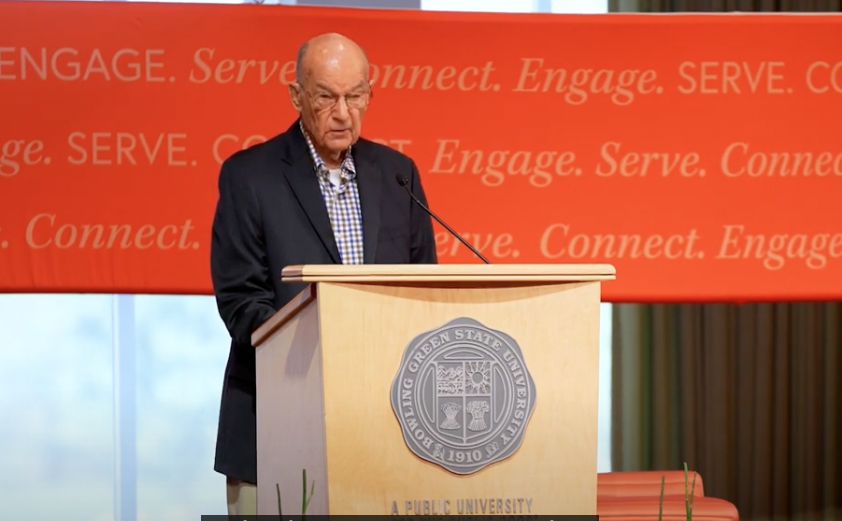

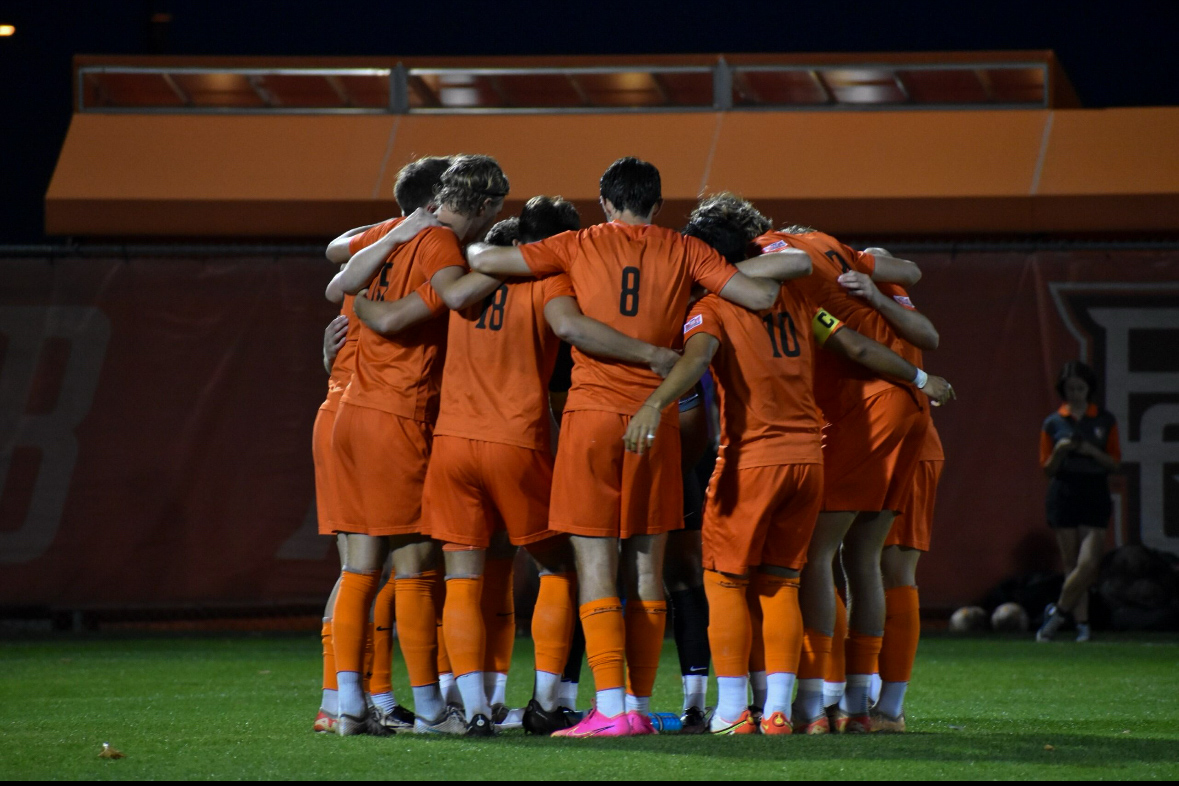


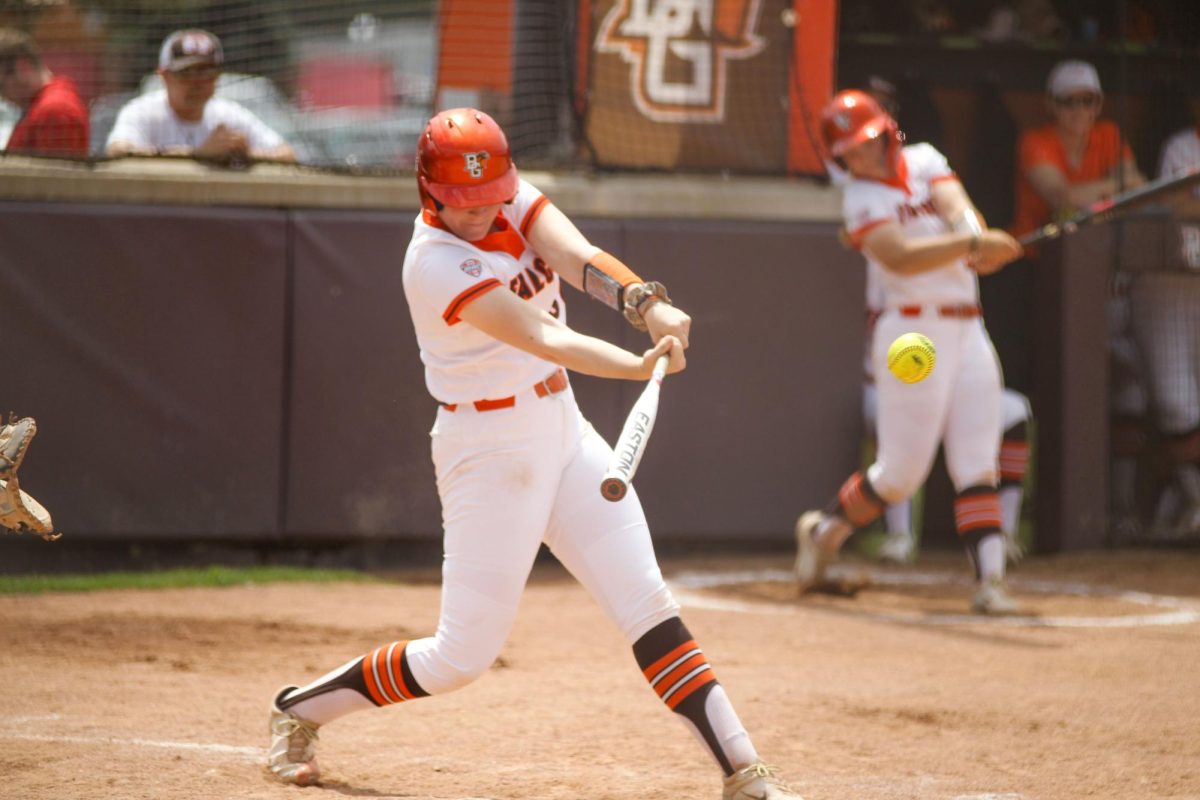



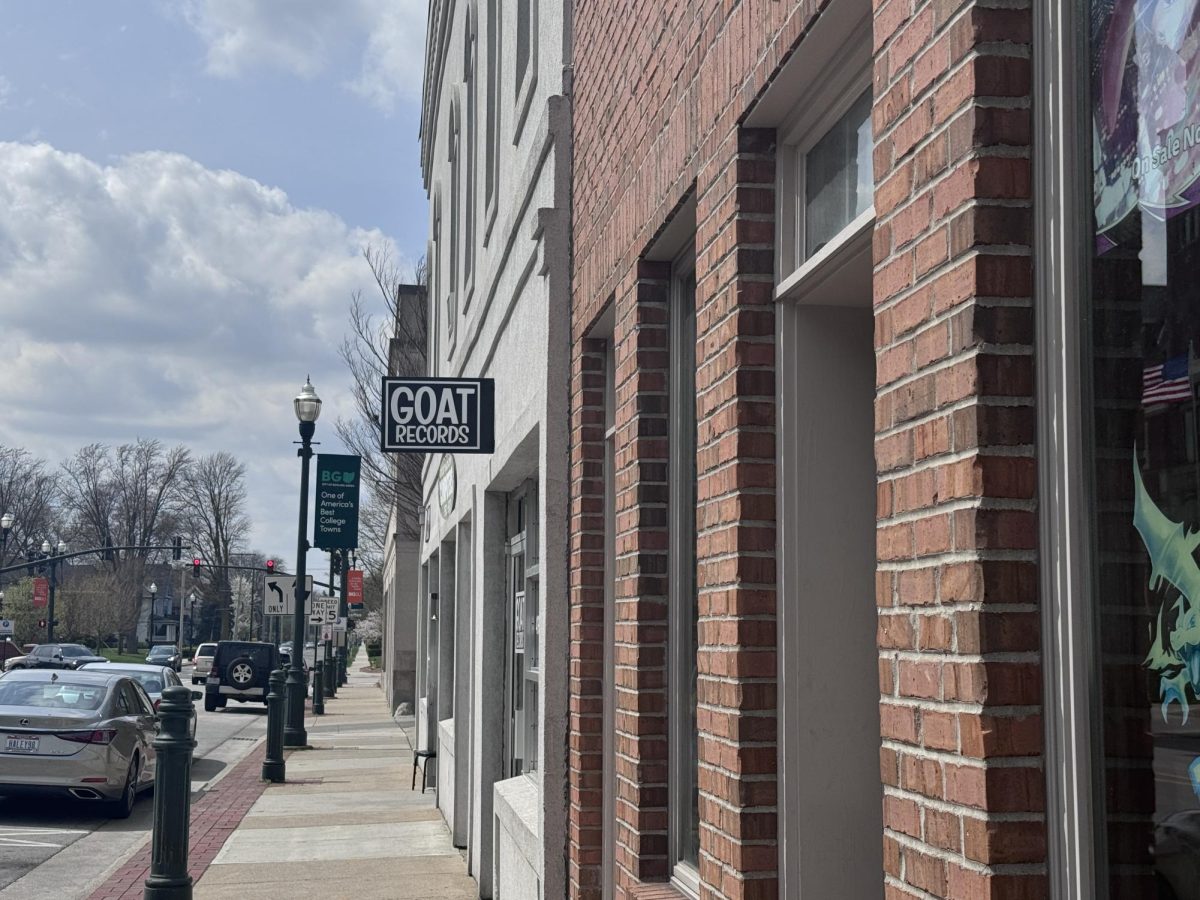





![The parents of Stone Foltz, Shari and Cory, sit with their legal team, as the final defendant in their sons hazing death didnt appear in court. [Feb. 29, 2024]](https://bgfalconmedia.com/wp-content/uploads/2024/03/IMG_1392-1200x900.jpg)

